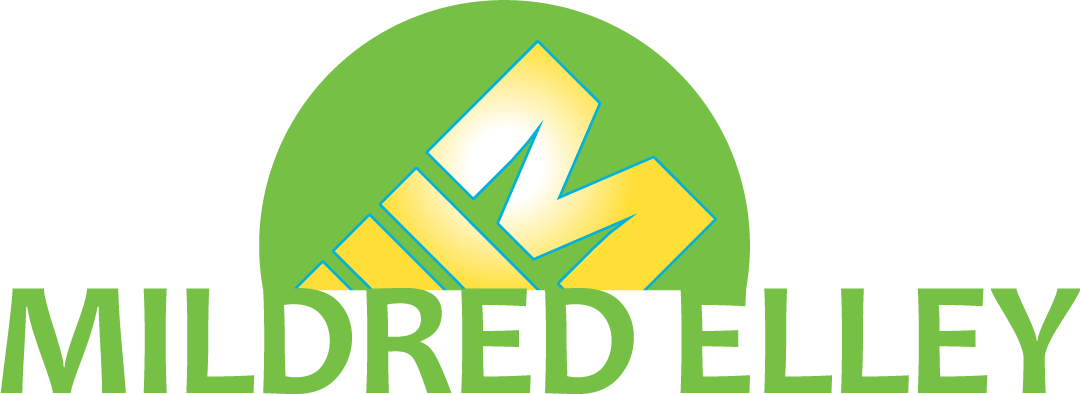Are you passionate about massage therapy? By enrolling in massage therapy courses, you could learn five massage therapy modalities to help your clients relax, rest, and recover. Massage therapists are trained in the art of therapeutic massage and are taught how to increase the well-being of the clients they serve. Because every client has different symptoms, massage therapists utilize various massage techniques to help alleviate pain, stress, or simply aid in injury recovery.(1) Through a massage therapy program, aspiring massage therapists are given the tools they need to excel in the field. Continue reading to discover the top five massage therapy modalities you could learn in a massage therapy program!
Take the first step in your career journey today!
Swedish Massage
If you are looking to help clients relax, alleviate muscle tension, or simply increase circulation, learning Swedish massage therapy is the place to begin. Swedish massage therapy increases feelings of relaxation through gliding, tapping, vibration, friction, and kneading strokes. Swedish massage is the foundation to other popular massage therapy modalities such as Myofascial release therapy and Sports massage therapy.
Myofascial Release Therapy
Myofascial therapeutic massage is another massage modality known for its restorative benefits and the relief of muscle tension. Massage therapists use Myofascial release therapy to stretch and work out tense muscle knots in the connective tissue of the body called fascia. In massage therapy courses, budding massage therapists are taught how to locate the tense fascia and make it “release”. The process begins when the massage therapist applies pressure and slowly works out the muscle tension. Many massage therapists use stretching devices to help release the fascia and advance the recovery process.
Sports massage
One of the most popular and useful massage therapy techniques, Sports massage, is beneficial for injury-prone clients looking to increase flexibility and accelerate muscle recovery. This therapeutic massage also offers pain relief, anxiety reduction, and the ease of muscle tension. Clients in competitive sports or physically intense careers often choose this massage technique to help prevent future injuries. Sports massage also helps improve overall athletic performance, making it near and dear to athletes and fitness buffs around the world!
Reflexology
Reflexology massage therapy is a unique modality that focuses on applying pressure to reflex points in the feet, hands, and ears, believed to correspond to different parts of the body. This technique promotes relaxation, improves circulation, relieves pain, and balances the body’s energy pathways, making it a sought-after holistic approach for stress and wellness. Students in massage therapy programs learn to map reflex zones using charts, apply pressure effectively with their hands and fingers, and balance stimulation on both sides of the body for symmetry.
Hot stone massage
Hot stone massage therapy is a relaxing and therapeutic technique often taught in massage therapy programs. This method involves placing smooth, heated basalt stones on specific areas of the body to promote relaxation and relieve tension. The heat penetrates deep into the muscles, making it easier for therapists to manipulate and treat tight or painful areas. Students learn how to use these stones not only for placement but also as tools for various massage techniques, like gliding strokes and kneading. Training includes key elements such as proper stone heating, safe handling, precise placement, and client communication to ensure comfort and safety.
Where can you learn massage therapy?
After graduating from high school, students can enroll in a program to start learning massage therapy modalities. The first step is to enroll in certified massage therapy courses, where students are trained in modern and ancient therapeutic massage. (2) State-approved massage therapy programs train students in common massage techniques, medical terminology, industry best practices, and even CPR. These classes help prepare students for state requirements of licensure and certification.
How to Become a Massage Therapist in New York
If you live in the state of New York, you could become a massage therapist sooner than you think. In New York, students must complete at least 1,000 hours of massage therapy education, pass a state exam, and provide proof of recent CPR training within the last three years. (3) There is also a small fee to pay before you can become licensed. After students have met all stipulations, they could receive licensure and begin practicing massage therapy techniques to build a rewarding career.
Learn massage therapy modalities at Mildred Elley
What massage modality stood out to you the most? At Mildred Elley, we cover each of these bodywork skills; our state-approved programs in Albany and Manhattan, New York, are designed with your success in mind. Students enrolled in the Mildred Elley Massage therapy courses could learn these top five massage therapy modalities and prepare for licensure. We cover the foundations of massage techniques and give students real-world experience for life in the massage industry. In our student clinic, students can practice the massage techniques they learn in the classroom on real clients, with real needs. With employment of massage therapists expected to increase by 18 percent between 2023 and 2033, now could be the time to pursue this exciting career! (4)
1.https://www.bls.gov/ooh/healthcare/massage-therapists.htm#tab-2
2.https://www.bls.gov/ooh/healthcare/massage-therapists.htm#tab-4
3. https://www.op.nysed.gov/professions/massage-therapy/license-requirements
4.https://www.bls.gov/ooh/healthcare/massage-therapists.htm#tab-6
Get Started Training for Your Career Today!
Ready to make a change? Take the first step!
